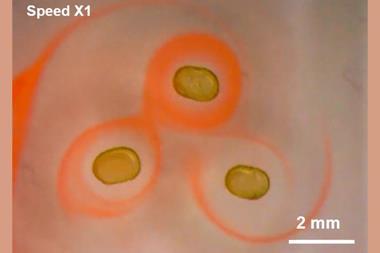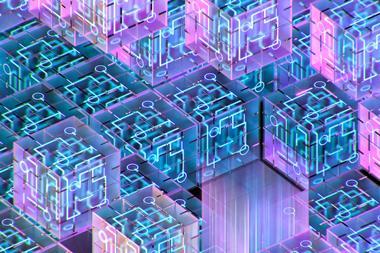
Researchers at the US MagLab have built the strongest magnet on Earth, which they nicknamed little big coil (LBC).
With a magnetic flux density of 45.5 Tesla, it is 9000 times more powerful than a typical fridge magnet and almost half as strong as a chemical bond-distorting magnetic white dwarf star. Unlike its giant 45T predecessor – which held the record for almost two decades – the new setup is smaller and uses much less power.
The key to the LBC’s ultra-powerful field is a high temperature superconductor. Since yttrium barium copper oxide is superconducting up to 77K, it can be wound into tight, insulation-free coils, which operate at a high current density – 1260A/mm2.
The superconducting setup sits inside a regular resistive magnet and is cooled with liquid helium to 4K. This is twice as warm as the previous record holder, the 30MW 45T Hybrid, which needs to be cooled to below helium’s boiling point with 15,000 litres of cold water every minute. This means the LBC uses a lot less power than water-cooled magnets like the Hybrid.
LBC isn’t a full-sized working magnet yet, however. Although it has only been able to sustain its magnetic field for a few seconds, the study shows that magnets made from copper oxide superconductors are a viable option. The researchers believe that similar setups could produce even stronger magnetic fields.
References
S Hahn et al, Nature, 2019, DOI: 10.1038/s41586-019-1293-1

















No comments yet